Living with the Unlimiteds for a few more weeks continues to reveal treasure.
The resolving nature of these speakers continues to impress everyone that hears them and their chameleon – like character should charm solid state and valve amplifiers lovers equally. They provide equally stunning performances with either.
Perhaps the highest compliment I can pay these speakers after extended listening is that they will improve in sound quality as you keep upgrading your equipment and are not out of place in a mega system, making them perfect for the audiophile not having a large room, not wanting to give up sound quality.
They are not at all finicky and great results are achieved with entry-level electronics; so this is a speaker you can buy with long-term system aspirations even if you don’t have the spare change to buy the whole system in one go. And spinning vinyl, fantastic! In room two with six turntable/tonearm/cartridge combinations at my disposal, it is easy to discern the nuance of each. Most of my final listening sessions centered around the VPI Classic 1 turntable, fitted with an Eminent Technology ET2.5 tonearm and Grado Statement 1 cartridge. The Aesthetix Rhea phono stage and Burmester 011 preamplifier fed the Jubilee monoblocks for a breathtaking analog experience.
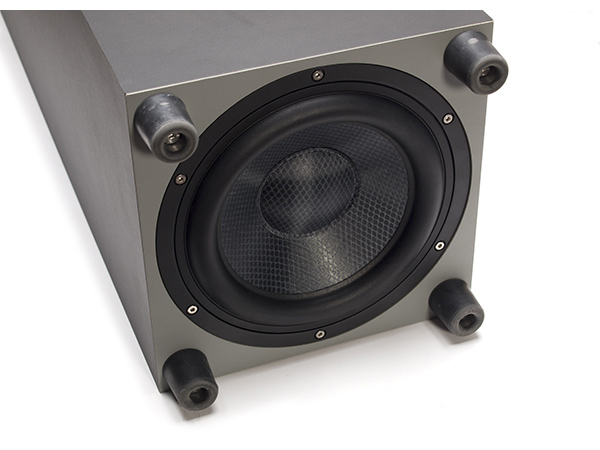
Rock till you drop
The 10cc classic, Deceptive Bends instantly reveals the cinemascope like soundstage painted by the Unlimiteds. The engaging studio trickery, full of layer upon layer of texture, overdubbed vocals and a wall of guitars comes alive through these speakers, feeling highly psychedelic, indeed. The opening beats of “Good Morning Judge” pin me back in the listening chair, neither the Unlimiteds nor the Jubilees any worse for the wear and tear.
This prompted playing the band’s most noteworthy hit “I’m Not in Love,” from The Original Soundtrack, harkening back to the Crème and Godley days of this wonderfully witty band. In the middle of the track, as the female vocal wispily claims “big boys don’t cry, big boys don’t cry,” there’s yet another group of layered vocals set well behind the speakers main axis with a handful of tinkly bits floating all over the room as if I were wearing a giant pair of headphones. Brilliant.
Turning the clock even further back (and turning the volume way up) to the Ten Years After masterpiece, A Space in Time, Alvin Lee’s acoustic guitar intro almost feels larger than life. No matter how dense the mix, the Unlimiteds are masters of keeping the pace rock solid – something my favorite electrostats struggle with when there is a heavy bass line present. Because these speakers can play so loud without distortion, I advise a bit of prudence – if you have a high power amplifier, you’ll find yourself constantly turning it up because the clarity of the presentation is so intoxicating.
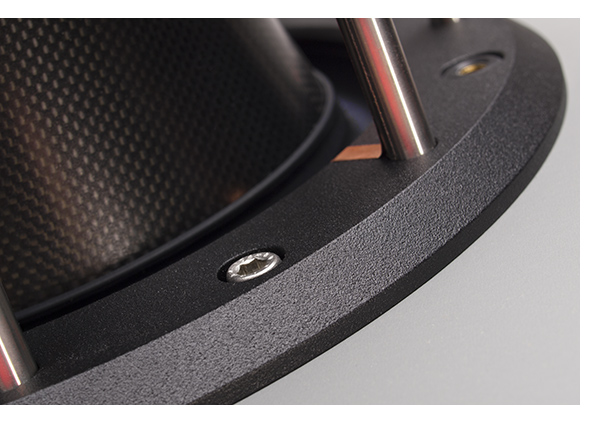 Resolving reality
Resolving reality
The Unlimiteds high resolution makes listening sessions fun, re-discovering favorite recordings mining low level details that may have been lost or diminished via other speakers.
As much fun as the Unlimiteds can be rocking out, they provide an extremely convincing look at acoustic music as well. Thad Jones trumpet fills the room, playing the 45-rpm copy of Music Matters, The Magnificent Thad Jones. The wide, spacious sound of these speakers gives real instruments more room to breathe. The lightening fast attack of the DDD driver does not blur drums and percussion in the least and cymbals fade out with an ease that fools you into thinking you are hearing the real thing.
Slowing down the pace much further to take in Bax’ Sonata For Flute and Harp illustrates the delicacy that these speakers provide, even at low volume. The harp hovers between the speakers, allowing the flute it’s own space, with neither of these faint instruments polluting the sound of the other.
This clarity extends to the vocal range, male and female. Again, the extreme clarity these speakers provide give vocals a sense of immediacy that is tough to beat. Thanks to that low 200hz crossover, the DDD driver handles it all, not breaking up the coherency with a crossover network.
Whether you’re listening to Tom Jones, Tom Petty or Tom Waits, the Unlimiteds will satisfy and yes, female vocals are equally intoxicating. Ella Fitzgerald’s “My Cousin in Milwaukee” is absolutely slinky.
Great dynamics
Visiting some of my favorite hip hop and electronic tracks, I had to push the Unlimiteds really hard to find their limits with the 600 watt per channel Burmester 909 power amplifier that we recently reviewed. Anyone who is less than punishing will find they play incredibly loud without strain. Much like a ceramic driver, the DDD is so clean it doesn’t go easily into distortion like a cone or dome speaker, it just kind of flattens out. Again, this is way beyond the point of reason.
Romping through the driving beats in Thievery Corporation’s The Mirror Conspiracy poses no problems for these speakers, regardless of volume, again underlining their ability to reproduce a powerful bass line and maintain a huge spatial perspective with everything else. Investigating a few classic dynamic tracks from Pink Floyd, Yello and Genesis are all handled with equal ease, making these incredibly well rounded speakers.
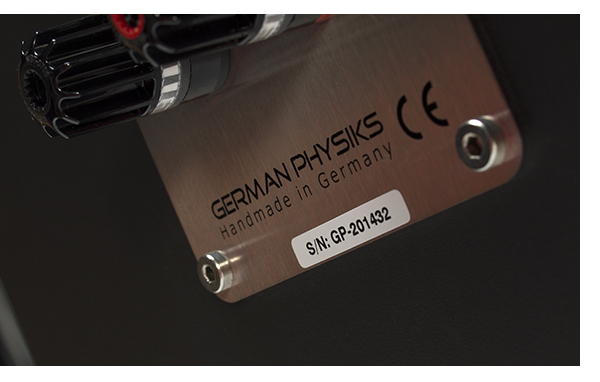 As well as the German Physiks Unlimited speakers perform on a wide variety of music, one of their best attributes is how user friendly they are, as I mentioned in part one of this review. This is a speaker system that requires precious little fuss to setup, so you go instantly to enjoying your music when you bring a pair home.
As well as the German Physiks Unlimited speakers perform on a wide variety of music, one of their best attributes is how user friendly they are, as I mentioned in part one of this review. This is a speaker system that requires precious little fuss to setup, so you go instantly to enjoying your music when you bring a pair home.
The final part of this review will cover using the speakers with a wider range of electronics, and a couple of different environments, probing the rest of their limits.




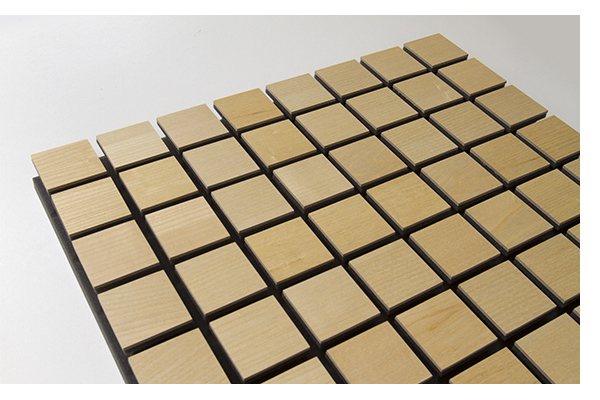 Whether you’ve spent a small, medium or super size pile of cash on your system, chances are good that it’s not delivering the maximum performance that it’s capable of.
Whether you’ve spent a small, medium or super size pile of cash on your system, chances are good that it’s not delivering the maximum performance that it’s capable of.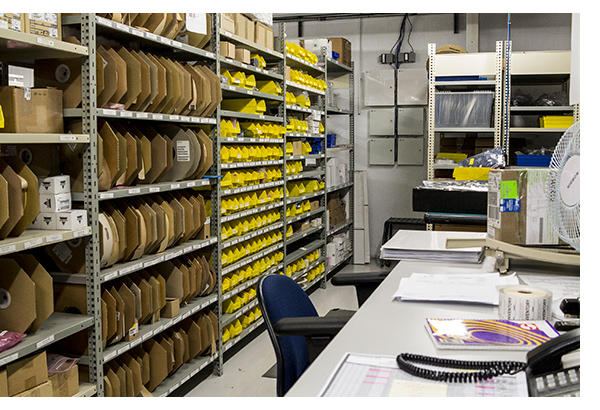 This confirms that breakdowns with Simaudio gear is a rarity, precisely the reason the company offers a 10-year warranty on all of its products. You don’t stay in business for thirty-plus years if you’re mired in constant repair issues. Yet, should the need for service ever occur, the company has a substantial parts inventory on hand.
This confirms that breakdowns with Simaudio gear is a rarity, precisely the reason the company offers a 10-year warranty on all of its products. You don’t stay in business for thirty-plus years if you’re mired in constant repair issues. Yet, should the need for service ever occur, the company has a substantial parts inventory on hand.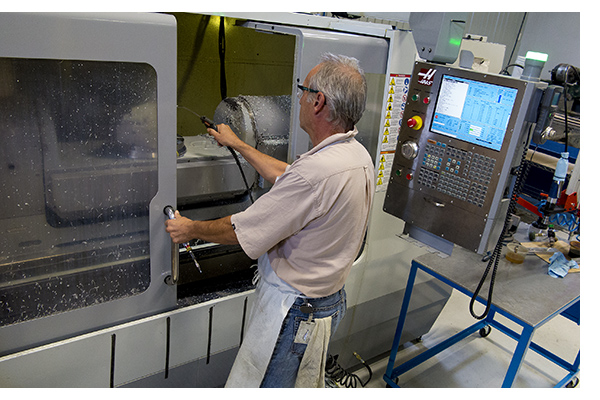
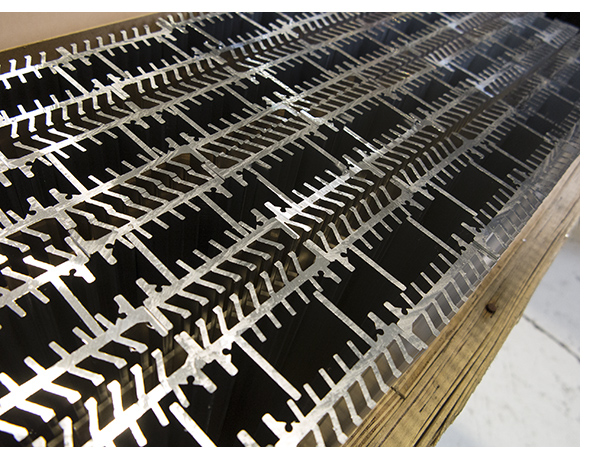 The design team at Simaudio feels that this high-quality casework adds to the finished product in more ways than one. The billet-aluminum enclosures minimize vibration, which results in better performance, but there remains a stringent eye on quality and pride of ownership. Simaudio uses 6063-T5 aluminum, which is not as hard as 6061-T6 aircraft-grade aluminum, but that is superior in appearance, since it can be more finely finished.
The design team at Simaudio feels that this high-quality casework adds to the finished product in more ways than one. The billet-aluminum enclosures minimize vibration, which results in better performance, but there remains a stringent eye on quality and pride of ownership. Simaudio uses 6063-T5 aluminum, which is not as hard as 6061-T6 aircraft-grade aluminum, but that is superior in appearance, since it can be more finely finished.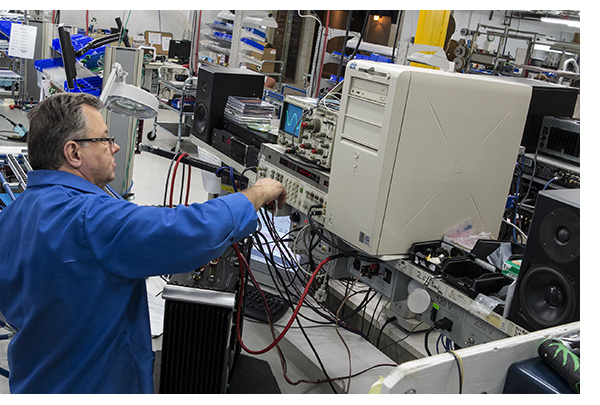
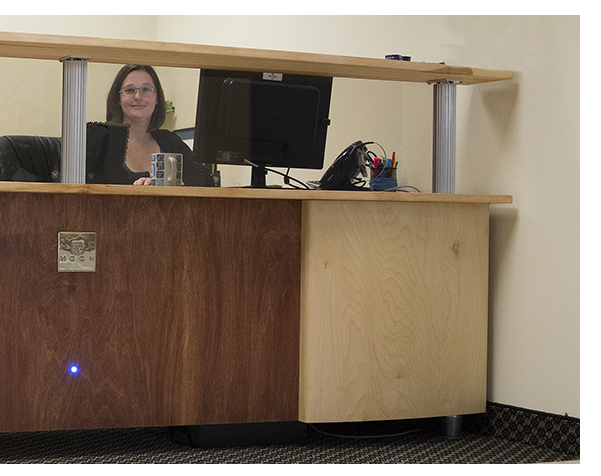 The Difference is in the Details
The Difference is in the Details
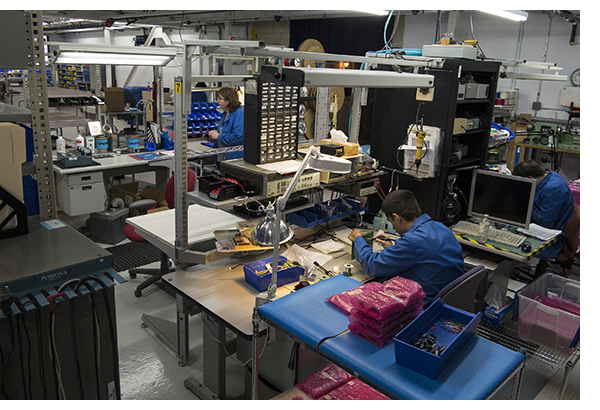
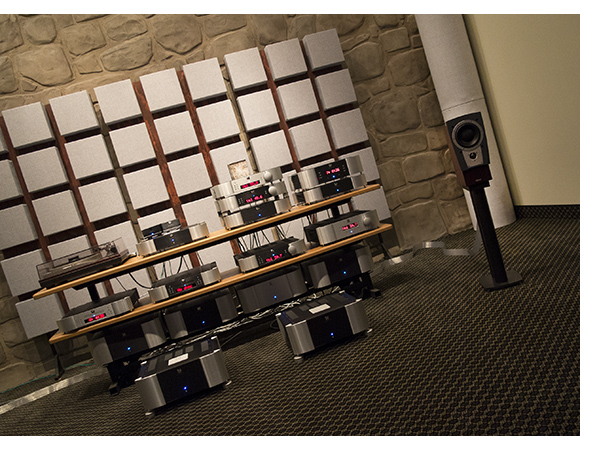 During my visit, the second room was not quite finished, but the main room is most certainly a testament to what great gear can sound like when properly set up. Here, Sim’s latest 850P Dual-Mono Reference Preamplifier, a pair of its 880M Mono Reference Power Amplifiers, the 810LP phonostage and the 750D DAC/CD Transport were driving a pair of Dynaudio Confidence C1 II speakers. As a C1 owner, I came away with a new appreciation for not only how much the room contributes to the overall sound of a system, but also how much more sound lurks in a pair of great speakers when premium electronics are supporting them. The equal level of resolution, tonal purity and ease this system provides again underscores how much care with which Sim builds its components.
During my visit, the second room was not quite finished, but the main room is most certainly a testament to what great gear can sound like when properly set up. Here, Sim’s latest 850P Dual-Mono Reference Preamplifier, a pair of its 880M Mono Reference Power Amplifiers, the 810LP phonostage and the 750D DAC/CD Transport were driving a pair of Dynaudio Confidence C1 II speakers. As a C1 owner, I came away with a new appreciation for not only how much the room contributes to the overall sound of a system, but also how much more sound lurks in a pair of great speakers when premium electronics are supporting them. The equal level of resolution, tonal purity and ease this system provides again underscores how much care with which Sim builds its components.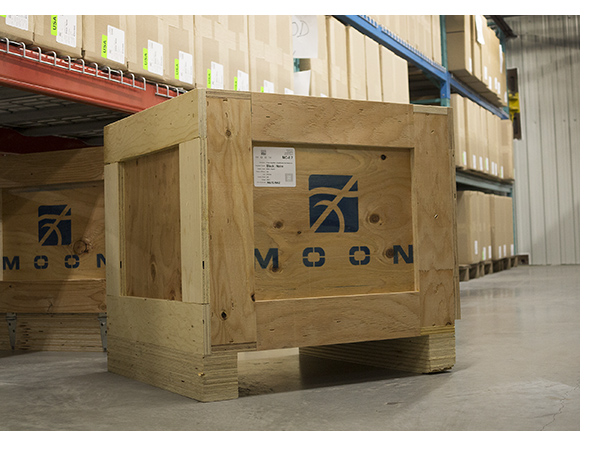
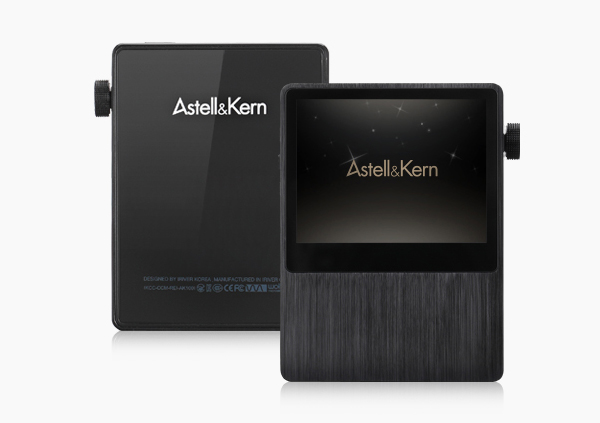 Just when you thought the world of high performance personal audio couldn’t get any more crowded, with a plethora of great DAC’s and headphone amplifiers, iRiver released the AK100 music player.
Just when you thought the world of high performance personal audio couldn’t get any more crowded, with a plethora of great DAC’s and headphone amplifiers, iRiver released the AK100 music player.